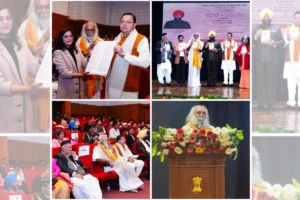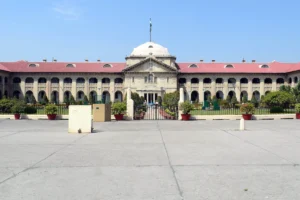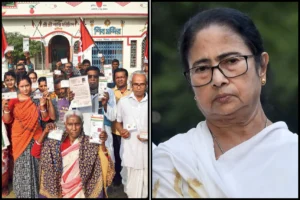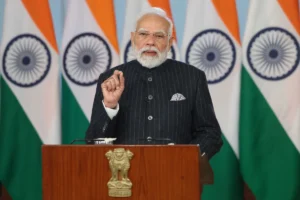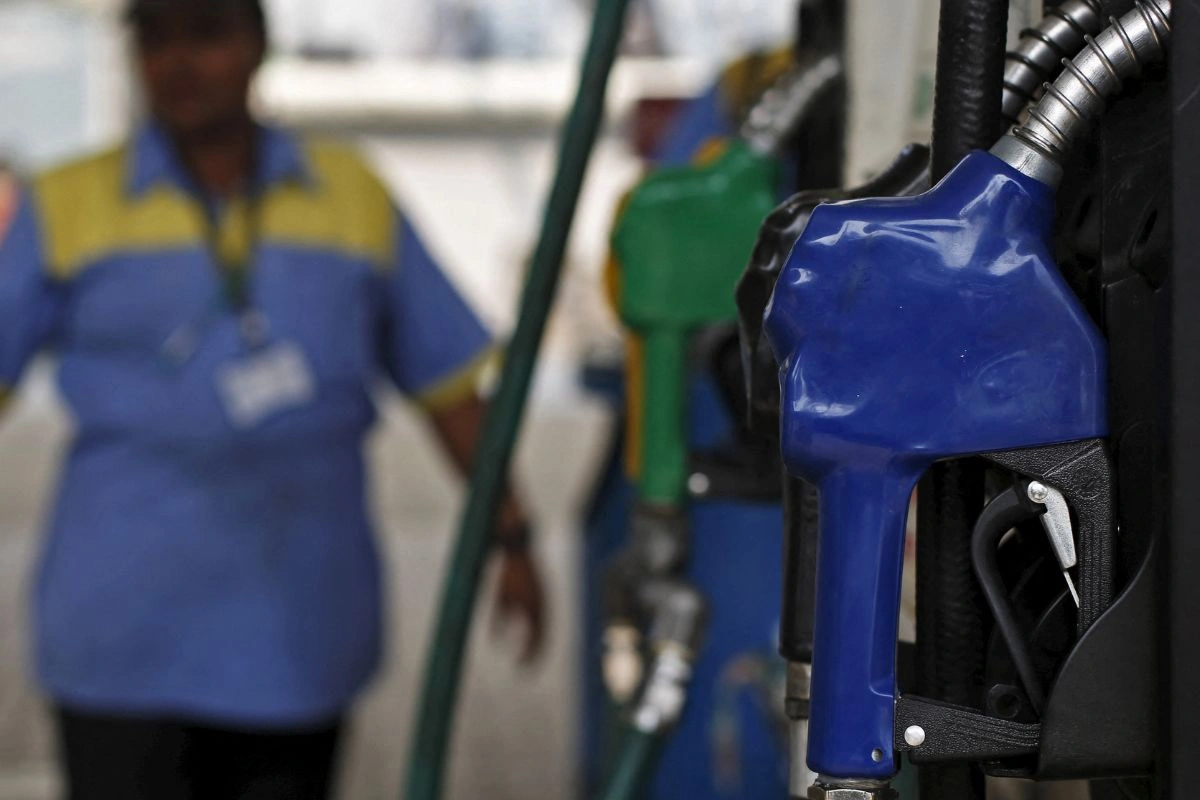
India’s fuel consumption in January fell to its lowest level since October 2024, with the total reaching 20.49 million metric tons. However, the consumption was still 3.2 percent higher compared to the same month in the previous year, according to data released by the Ministry of Oil on Friday.
As the world’s third-largest consumer and importer of oil, India’s fuel demand serves as a key indicator of the country’s energy consumption and economic health.
Monthly Decline In India’s Fuel Consumption
On a month-to-month basis, India’s fuel demand decreased by more than 1 percent in January compared to December 2024, which saw consumption at 20.73 million tons. Gasoline or petrol sales slightly eased by 0.3 percent from the previous month, totaling 3.3 million tons.
Diesel consumption, which is crucial for industrial and transportation sectors, witnessed a more significant decline, dropping nearly 4 percent to 7.7 million tons.
Despite the monthly drop, diesel consumption showed a 4.3 percent increase compared to January 2024, reflecting some resilience in demand.
Year-on-Year Trends In LPG & Naphtha Sales
Liquefied Petroleum Gas (LPG) sales, a key indicator of household energy use, rose by 5.2 percent year-on-year, reaching 2.84 million tons. This surge indicates ongoing growth in household energy needs, despite the overall decline in fuel consumption.
Conversely, naphtha sales fell 12.2 percent compared to the previous year, with total sales standing at 1.15 million tons. However, every month, both LPG and naphtha saw increases, with LPG rising by 2.16 percent and naphtha seeing a significant boost of 7.48 percent.
India’s Sluggish Economic Growth Sluggish
India’s sluggish economic growth is expected to continue into the next fiscal year, primarily driven by global risks, according to a finance ministry report. The report urged states to undertake business reforms to stimulate growth.
In response to the economic slowdown, the Reserve Bank of India (RBI) took action this week by cutting its key interest rate for the first time in nearly five years. The RBI hopes that this move will help boost the economy, with inflation projected to ease towards the 4 percent target.
Furthermore, the Indian government introduced personal tax rate cuts in its annual budget, aiming to stimulate domestic demand amid global economic uncertainties and potential new tariff barriers that could impact India’s trade relations.
Also Read: Delhi CM Atishi Confident Of AAP’s Victory In 2025 Assembly Elections
To read more such news, download Bharat Express news apps









